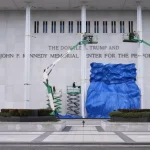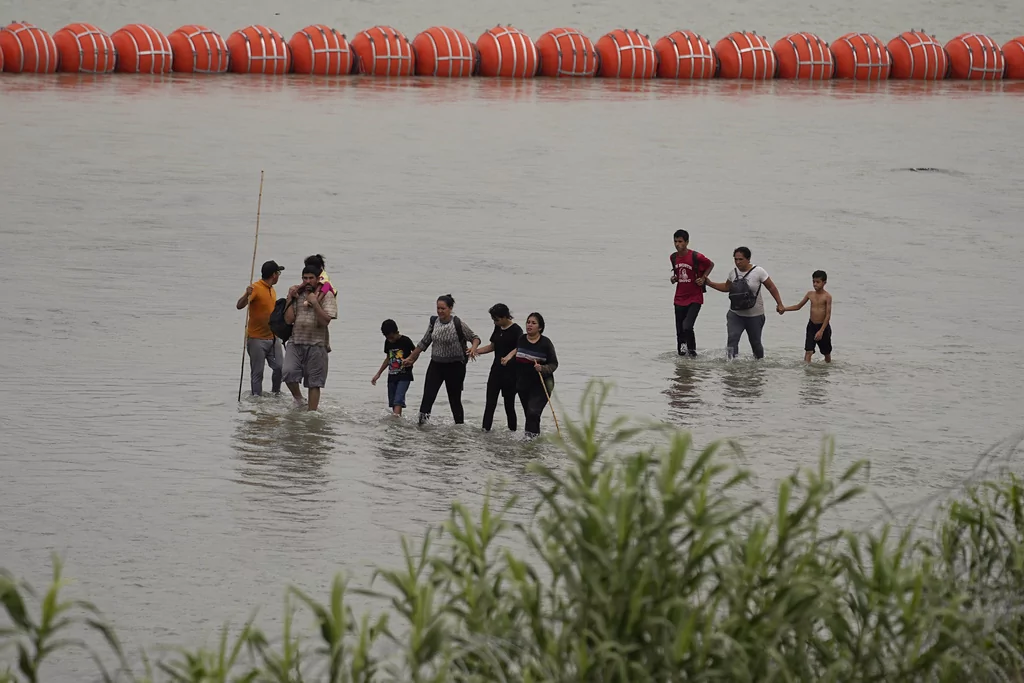
The Biden administration has, for the time being, bailed itself out of the country’s worst illegal immigration crisis in history — just in time for the November election.
The number of migrants encountered attempting to enter the United States by coming over the southern border illegally dropped in July to the lowest levels seen in the Biden administration, comparable to historic norms under the Trump and Obama administrations.
The steady decline in crossings has been months in the making since peaking at 371,000 total migrants encountered last December.
As the Biden administration has worked with Mexico to deter migrants from heading north and implemented its own deterrence mechanisms through executive action, however, it is simultaneously expanding workarounds for migrants outside the country to be admitted.
Republicans have objected to the Biden administration’s quest to increase lawful pathways to the U.S. since day one and claim the drop in border arrests is smoke and mirrors at best.
“Despite a recent decrease in illegal crossings between ports of entry, encounters of inadmissible aliens at ports of entry are at record highs, in large part because the administration has devised numerous, unlawful mass-parole programs encouraging them to enter this way,” House Homeland Security Committee Chairman Mark Green (R-TN) wrote in an op-ed Tuesday.

How crossings declined
In a way, the Biden administration has done what Republicans said could not be done without returning to the Trump administration’s tough border policies.
“The U.S.-Mexico border is at the lowest point for migration since the Biden administration began, because of a crackdown in Mexico and sharp new limits on asylum access,” wrote Adam Isacson, director of defense oversight for human rights group the Washington Office on Latin America, in a recent analysis.
Homeland Security Secretary Alejandro Mayorkas and Secretary of State Antony Blinken visited Mexico in December 2023 to get a hold of the crippling situation at the shared border.
In early 2024, Mexico implemented roadway checkpoints and patrols to crack down on vehicles and trains moving migrants north through Mexico. Most migrants arriving at the U.S.-Mexico border originated from outside of Mexico and traveled to South or Central America and then north into Mexico and onto the U.S.
Mexico also began busing migrants encountered in northern Mexico to southern Mexico. Mexico’s self-declared “Chutes and Ladders” program moved 60,000 migrants away from the U.S. border, according to numbers that Mexican advocacy group Institute for Women in Migration shared with the Wall Street Journal.
The state of Texas has also touted its work deterring illegal immigrants from Mexico as a reason that crossings have declined. Gov. Greg Abbott (R-TX) announced this month that apprehensions of illegal immigrants entering Texas were down 85% since early 2021.
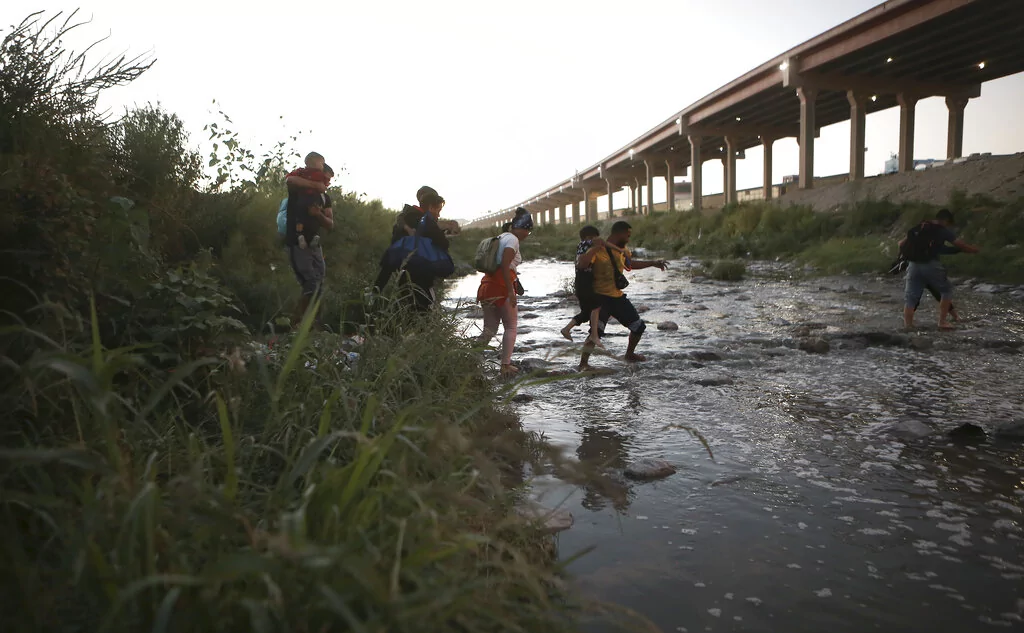
How Biden and Harris expanded pathways for migrants
The Biden administration has expanded the ways by which migrants outside the country can be admitted, though Republicans have accused them of setting immigration levels, a job that is meant to be the responsibility of Congress, not the White House.
This White House has put forward three programs or methods to give migrants an alternative way to enter.
- CBP One app appointment at ports of entry
First, the administration expanded the capabilities of a phone app called CBP One that existed before the Biden administration. The CBP One app was previously and is still used by truck drivers to submit manifest information before arriving at a port of entry.
CBP One was expanded in 2022 to allow for migrants from anywhere in the world who have made it to northern Mexico to be able to schedule appointments with U.S. customs officers at ports of entry. Once at the port of entry for their appointment, officers will discern if the individual meets the criteria for admission, and he or she will typically be released into the U.S. on parole.
Republicans have complained that allowing migrants to schedule appointments with customs officers incentivizes migrants to travel to northern Mexico. Republicans also take issue with how the app sends migrants to the ports and technically counts would-be illegal crossers under a different category, making the illegal immigration numbers technically lower.
Democrats have argued that the new CBP One app function cuts down on people walking into the country between the ports.
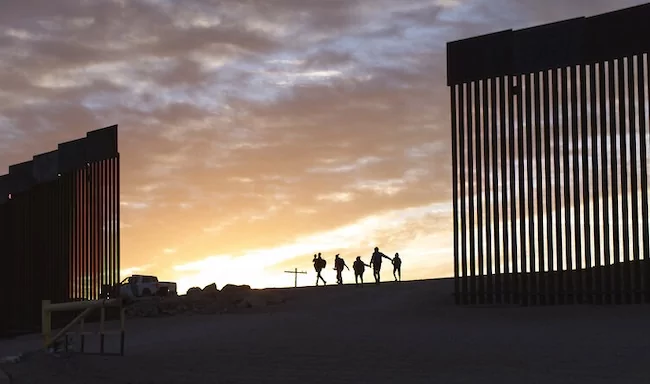
The most recent data shared with Congress revealed that more than 95% of migrants who scheduled appointments between Jan. 12, 2023, and Sept. 30, 2023, were released into the country. Because the number of daily appointments available has fluctuated since the program was rolled out, estimates on admissions are likely in the hundreds of thousands. CBP did not respond to a request for data.
Late last week, the Biden administration announced that it would expand who could request appointments. Now, anyone in Mexico can request an appointment.
“We all know why they are doing this — massive numbers of illegal aliens showing up at the Southwest border is politically embarrassing for Biden and his ‘border czar’ Harris, and optics, not sound policy, are what drive this administration,” said Green in a statement.
CBP and its parent department, the Department of Homeland Security, have not publicly stated if they will increase the number of appointments per day given the greater number of people who will be eligible to request appointments.
- CHNV Program to fly in approved migrants
Second, in January 2023 the Biden administration created another way within the CBP One app that migrants outside the U.S. can seek admission.
The CHNV program, which stands for Cuba, Haiti, Nicaragua, and Venezuela, allows up to 30,000 people from those four countries to be admitted each month, in total. Citizens of those countries live under repressive regimes and have arrived at the border at record-high rates since 2021.
Applicants must prove that they have an adult sponsor in the U.S. and are capable of paying for a one-way commercial airline ticket into the country, as well as meet other criteria.
As Alex Nowrasteh, vice president for economic and social policy issues at the libertarian Cato Institute in Washington, wrote in an Aug. 16 Substack, the program has been successful at “diverting many of them from making the perilous and chaotic journey to the U.S.-Mexico border to instead legally flying here.”
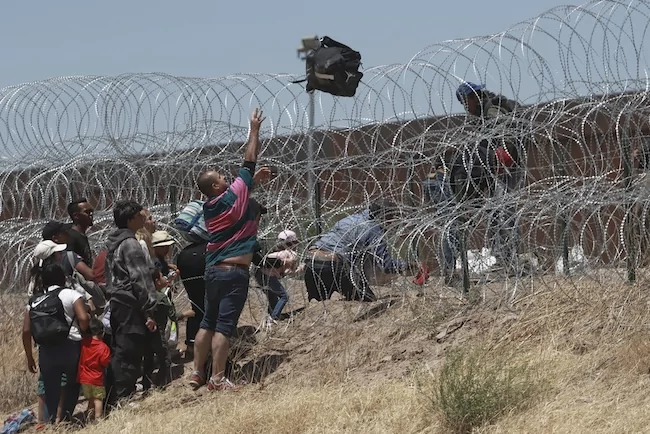
Nowrasteh defended the administration’s decision to create the program in the first place and said it satisfied a need that Congress has refused to address in a bipartisan way by not moving on immigration reform legislation.
“The main reason the Biden administration created the [CHNV] program was to reduce the number of unlawful entries along the U.S.-Mexico border,” said Nowrasteh. “Border chaos was out of control, and the political problems for the Biden administration were so severe that they finally considered a liberalization of rules under [CHNV] parole after trying everything else.”
Since its inception, nearly 500,000 migrants have successfully used the CBP One app to submit application materials to the U.S. government and been paroled into the country.
Senior Republicans on the House Homeland Security Committee told Mayorkas in a letter last week that the Immigration and Nationality Act only allows parole to be granted “on a case-by-case basis for urgent humanitarian reasons or significant public benefit” — not as the Biden administration has used it to admit hundreds of thousands of migrants.
The program was suddenly suspended in mid-July and only announced to the public a month later after an immigration restrictionist group, the Federation for American Immigration Reform, exposed that a government audit had determined the CHNV program was ripe with fraud despite the Biden administration’s statements that all migrants admitted were screened and vetted.
- Regional processing centers
Last April, the U.S. announced plans to open regional processing centers in several South American and Central American countries that immigrants most often travel through to get to the U.S. Its first processing centers were set up in Colombia and Guatemala. Three more were opened in Ecuador and Costa Rica.
“Individuals from the region will be able to make an appointment on their phone to visit the nearest [regional processing center] before traveling, receive an interview with immigration specialists, and if eligible, be processed rapidly for lawful pathways to the United States, Canada, and Spain,” according to a government fact sheet that outlined the policy changes.
Migrants may be deemed eligible for refugee resettlement, humanitarian parole, family reunification, labor pathways, and seeking asylum in host countries.
CLICK HERE TO READ MORE FROM THE WASHINGTON EXAMINER
Mayorkas admitted that the centers would only be capable of processing up to 6,000 people a month — roughly the number of immigrants arrested attempting to enter the U.S. illegally every day in the last two years.
DHS and U.S. Customs and Border Protection have not disclosed data on the regional processing centers.

